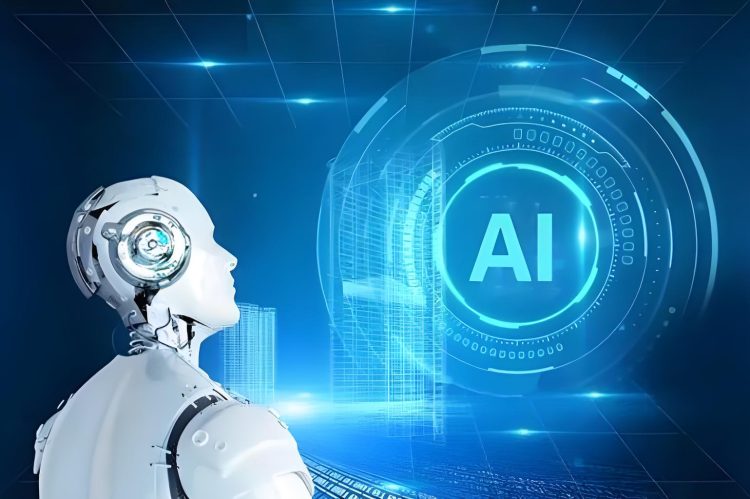In the vast expanse of technological advancement, Artificial Intelligence (AI) stands as a beacon, illuminating new pathways for innovation and transformation. Yet, the term ‘AI’ itself is often shrouded in mystery, with multiple definitions and classifications vying for attention. Today, let’s embark on a journey to unravel the essence of AI, exploring its definitions, classifications, and the exciting avenues it opens up for our future.
Defining AI: The Core Essence
At its heart, Artificial Intelligence refers to the simulation of human intelligence processes by computer systems, especially those involving learning and problem-solving. It’s a broad field that encompasses multiple disciplines, including computer science, psychology, linguistics, and philosophy. AI aims to create machines that can reason, learn, self-correct, and potentially even exhibit consciousness, though the latter remains a topic of intense debate and research.
Classifications of AI: A Spectrum of Capabilities
The realm of AI is vast and multifaceted, with various classifications offering insights into its diverse applications and levels of sophistication. Here are a few key classifications that help us navigate this landscape:
- Weak AI or Narrow AI: This refers to AI systems designed to perform specific tasks with superhuman capabilities, but limited to a narrow domain. For instance, a chess-playing AI excels at the game but lacks the ability to engage in broader conversations or make decisions outside of chess strategy.
- Strong AI or Artificial General Intelligence (AGI): The holy grail of AI research, strong AI or AGI aims to create machines that can apply intelligence to any task, just like humans. These systems would possess a broad range of cognitive abilities, enabling them to learn, reason, and solve problems across different domains.
- Superintelligence: A hypothetical future stage where AI surpasses human intelligence in every way, raising profound questions about the implications for society and the universe. While this remains speculative, it fuels discussions on ethics, governance, and the future of humanity.
Beyond Classifications: The Evolution of AI
As AI evolves, so do its definitions and classifications. Early AI focused on rule-based systems and symbolic reasoning, while today’s AI is largely driven by machine learning, especially deep learning. This shift has enabled remarkable progress in areas like computer vision, natural language processing, and robotics.
Moreover, AI is increasingly becoming interdisciplinary, blending with fields like biology, neuroscience, and economics to create innovative solutions. For example, AI-powered drug discovery is revolutionizing healthcare, while algorithmic trading is transforming financial markets.
The Future Ahead
Looking forward, AI promises a future filled with possibilities. From enhancing our daily lives with personal assistants and smart homes to tackling global challenges like climate change and public health, AI stands poised to make a significant impact. However, realizing this potential requires addressing ethical concerns, ensuring algorithmic fairness, and fostering collaboration between humans and machines.
In conclusion, Artificial Intelligence is a dynamic and ever-evolving field, defined by its quest to emulate and surpass human intelligence. As we continue to explore its depths, new definitions and classifications will emerge, reflecting our growing understanding of this fascinating technology. The journey ahead is undoubtedly exciting, and the future of AI holds limitless potential for progress and transformation.


















































Discussion about this post